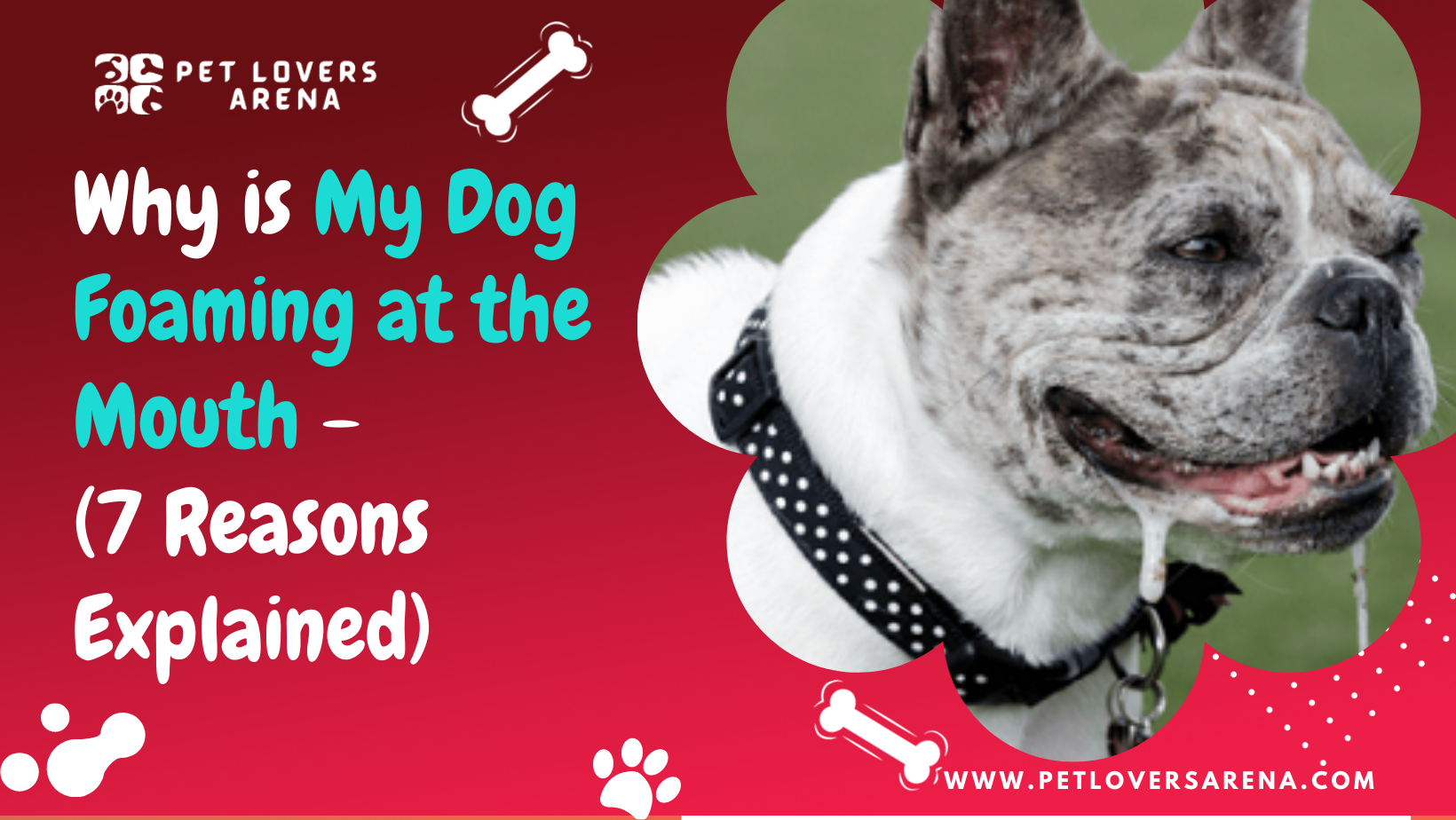We can become highly concerned about foaming at our dog’s mouth! Imagine witnessing such a sight and not knowing what to do except to overthink or worse – to think of the worst possibilities – poisoning, rabies, or an attack owing to some unknown cause!
Foaming at the mouth doesn’t always indicate that your dog has rabies or has been poisoned. Still, immediately calling the vet is crucial if your dog is in trouble.
Why Is My Dog Drooling?
Dogs may drool excessively for various reasons, including excitement, nausea, dental issues, heat stroke, and poisoning. Excitement can cause a dog to drool, especially when they see their owners or know they are going for a walk. Nausea and an upset stomach can also lead to excessive drooling in dogs. Dental problems, such as gum disease or tooth abscess, can cause pain or discomfort, resulting in drooling.
Overheating or experiencing heat stroke may also cause a dog to drool excessively. Finally, ingestion of toxic substances, such as certain plants, cleaning chemicals, or medication, can cause drooling as a symptom. Identifying the underlying cause of excessive drooling in dogs is crucial to provide appropriate treatment and preventing potential health complications.
7 Reasons Your Dog Is Foaming At The Mouth
We will explain why your dog could be foaming at the mouth. Of course, the reasons may vary or even overlap in some cases, but one needs to find out the right reason to get the cure for your dog’s situation.
We have also tried to incorporate the solutions alongside the possible reasons.
It will be ideal if one tries to maintain calm if such a situation arrives and also save your dog from being even more scared.
1. Stressful Situations And Anxiety Attacks
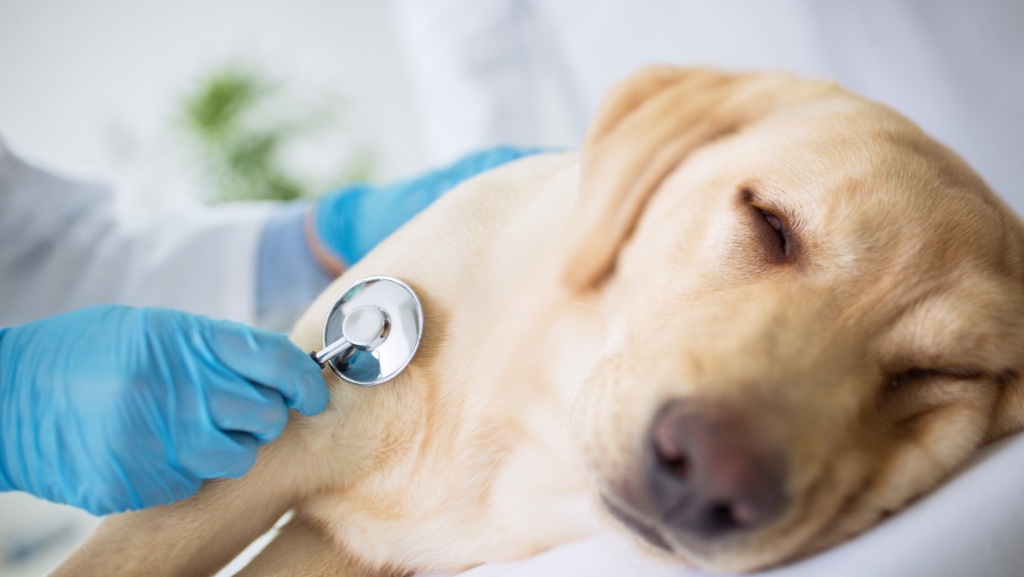
Regardless of your species, stress and worry cause odd physical changes in your body.
Anxiety raises heart rate in people and canines, which needs faster breathing and panting. What results from mixing it with hypersalivation, another sign of canine anxiety?
Take a minute to consider the situation from your dog’s perspective if you notice him frothing at the mouth while lying down. You’ll probably see a stressor immediately, whether a loud noise, an odd visitor, a bizarre fragrance, or unexpected surroundings.
The next step is to remove the stressor source or relocate your dog to a less stressful setting.
Once you’ve done that, the foam should vanish quickly.
Have difficulties figuring out whether stress makes your dog’s mouth foam? Look for additional indications of worry in him, such as a taut countenance, shaking, pushed-back ears, wide eyes, and lip-licking.
2. Gum, tongue, or tooth disease
When you mix in dental illness, you get a recipe for some downright revolting sights, sounds, and smells served with a side of the foam.
Your dog is in discomfort in his mouth, whether from a cavity, gingivitis, or another dental condition. Unfortunately, he’s not alone-up to 80% of adult dogs have an active dental disease-but it doesn’t make the inflammation and infection any less painful!
Dogs usually try to prevent their tongue from touching the sore area by keeping it on one side of the mouth. This is because drool produced by mouth breathing froths up excessively the more it pants.
To lessen the discomfort, your dog could display the same behaviors if his tongue is sore or infected.
Dental illness is indicated by foam accompanied by an unwillingness to chew or drink, swollen gums, or foul breath. Consult a veterinarian as soon as possible because the disease is easier to treat the earlier it is discovered.
3. Vigorous exercise and physical exertion
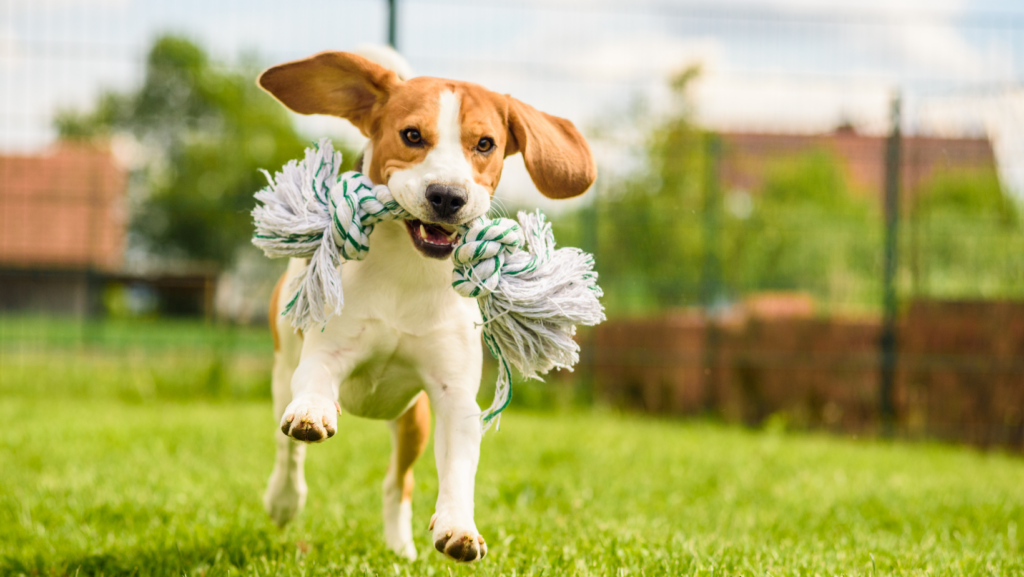
Have you ever gone for a run on a hot day and found that your mouth was so overflowing with saliva that it required several spits to get it out?
Your dog experiences the same effect when he exerts himself, though.
Furthermore, a remarkable mixture of excessive dog drool and vigorous panting results in the formation of enormous amounts of bubbles.
As a result, your dog’s mouth starts to dribble with giant globs of foam. Breeds that drool more than others, particularly gigantic species, will frequently and vigorously foam.
Regardless of your dog’s breed, foaming at the mouth during and right after activity or play is not a cause for concern. Drool meeting air naturally results in it, showing that your dog actively engages in physical activity.
4. A stomachache, motion sickness, or nausea
You may tell it’s time to use the restroom when you feel sick to your stomach, and your mouth starts to water with saliva. Your body is often prepared to get rid of whatever makes you sick, and vomiting is the best way.
Their bodies react similarly to ours when we experience nausea.
Additionally, because sick dogs frequently pant, foam is produced when all that saliva and air combine.
Your dog may experience nausea from anything from a bumpy ride to a stomach virus to a feast from the trash. Look for signs like dry heaving, drowsiness, or a lack of appetite to evaluate whether the foam is related to nausea.
However, if your dog experiences frequent or extended nausea, take them to the doctor since there could be more serious causes than a poor snack.
Usually, nausea goes away fast, and when it does, the foaming should stop.
5. An unpleasant after taste
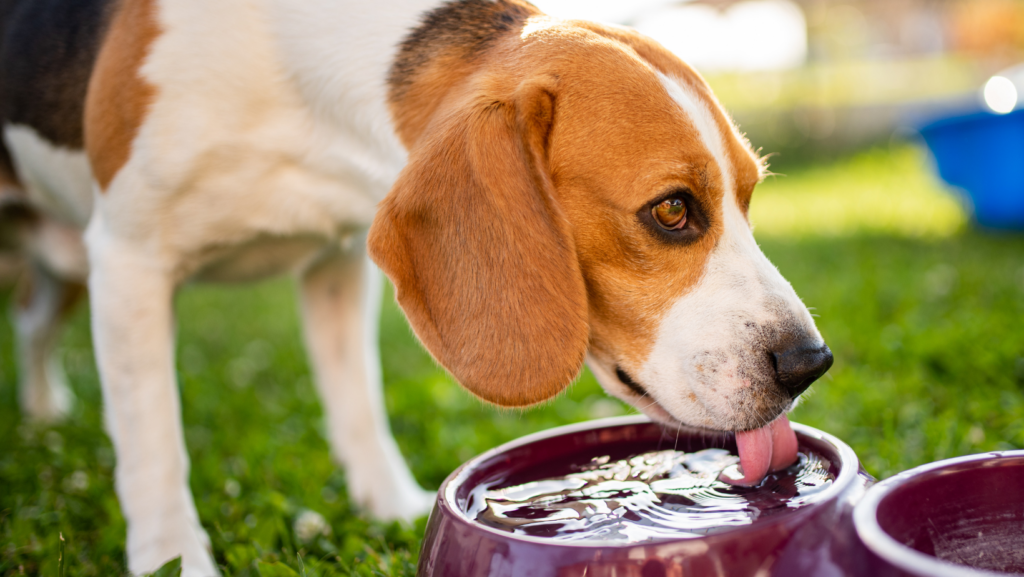
Sometimes a dog’s curiosity gets the best of him, and the object he eats immediately makes him regret it.
The unsavory prescription you force him to take is to eliminate the foaming habit. The stray drop of hot sauce from your taco, a little shampoo during his wash, and the incredibly pricey dog food are just what you have! Whatever it was, it didn’t taste delicious, and he urgently needed to clean his mouth.
Fortunately, he has a system in place to help him accomplish that. First, his salivary glands fire up and spit out as much drool as possible to snare that foul taste and transport it away from his lips.
Additionally, remember that a lot of drool combined with breathing results in foam.
Those foam bubbles take the unpleasant flavor fragments off your dog’s tongue and onto the floor, similar to how dish soap suds carry pieces of oil off your dinner plate. Yes, they are now your concern, but the foaming should stop if you give water and a treat to clear its tongue.
6. Other Neurological Conditions Or Seizures
Seizure disorders are among the neurological conditions that can result in a wide range of frightening physiological symptoms.
The most common seizure symptom is convulsions, which are brought on by the brain sending many quick, erratic messages to your dog’s muscles. However, those impulses also reach your dog’s salivary glands, stimulating them to secrete a lot of drool.
And, of course, when the drool interacts with the air from heavy breathing, it becomes foam (often during a seizure).
He might lose control of his bladder and intestines, trip over, jerk or twitch uncontrollably, or fall over.
Unknown causes of muscular cramps, perplexity, and anxiety can all be precursors to some seizures. Excessive drool and foam may signify that a seizure will likely start. Poisoning, cancer, strokes, liver disease, and kidney illness can also bring on seizures.
Move your dog carefully to a roomy, cushioned location where he won’t bump into things and damage himself if he has a seizure. As a result of the spasms, he might munch uncontrollably, so stay away from his mouth, and if you can, film a video to show your veterinarian.
7. Rabies
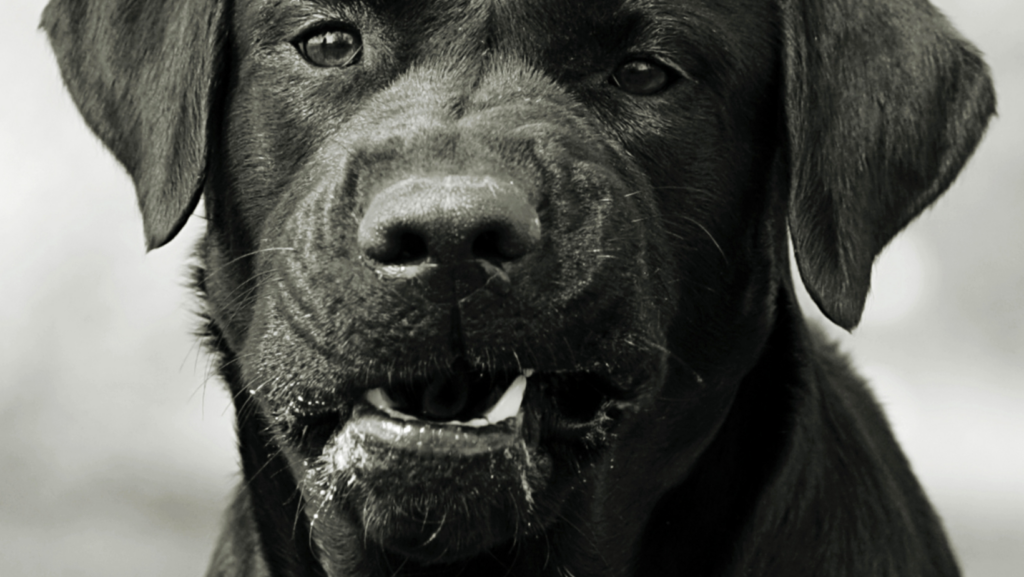
We’d be negligent if we didn’t mention rabies as a probable reason for a dog’s foamy drool, even though it’s the least likely one.
Most towns, clinics, and kennels mandate routine rabies vaccines for dogs kept as pets.
It’s a different issue if you observe a stray or wild dog foaming at the mouth. A dog with rabies has a severely damaged nervous system, which results in unpredictable movement, anxiety or aggression, and difficulty eating.
All the drool he creates must exit via the mouth because he cannot swallow. As a result, drool immediately transforms into foam that falls continuously from the mouth and tongue. Because of his agitation, he pants.
The rabies virus, which disperses through saliva, finds all of this quite convenient. An irritated, hostile dog is significantly more likely to bite, which spreads the rabies virus to its subsequent victim.
Call animal control immediately and tell them a dog might be rabid on the streets.
Get emergency medical assistance immediately if you or your dog gets bitten by a creature (particularly a skunk, raccoon, fox, or coyote). It is convulsing or exhibiting other rabies signs, such as foaming at the mouth. Whether or not you have had touch with the bat, the same rules apply if you or your dog have been in the same room as it.
However, the immunizations must be administered ahead of time. When you see mouth foaming, it will be too late to treat rabies, resulting in death.
What Can I Do To Help My Dog Stop Foaming At The Mouth?
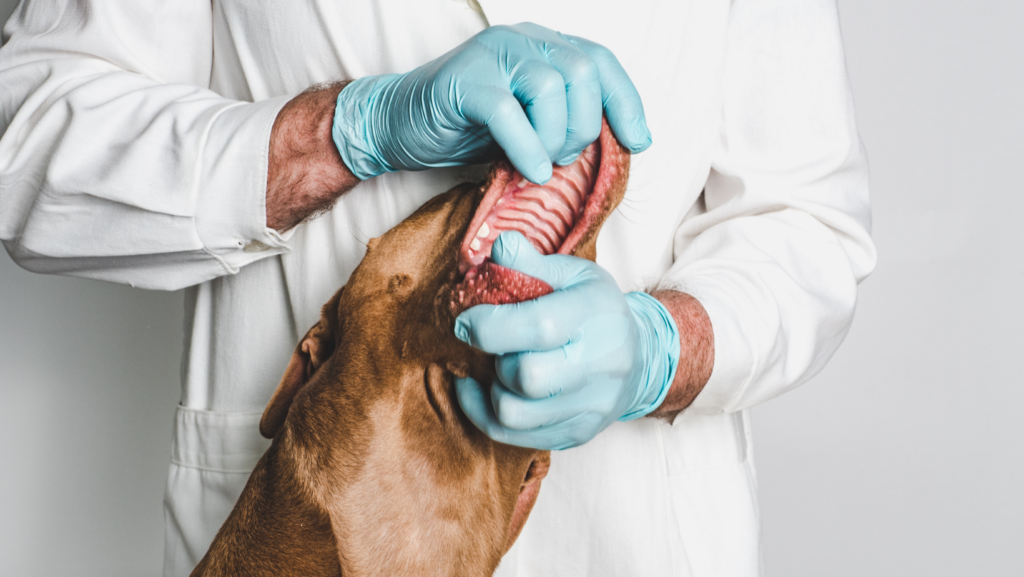
Suppose your dog is foaming at the mouth. In that case, it’s essential to determine the underlying cause and take appropriate action to prevent potential health complications. Here are some tips to help your dog stop foaming at the mouth:
- Check for Foreign Objects: Your dog may have swallowed something causing the foaming. Check your dog’s mouth and throat for any foreign objects and remove them if possible. If you can’t remove the object, get your furry friend to a vet immediately.
- Monitor Your Dog’s Behavior: If your dog is showing any other signs of distress, such as vomiting, lethargy, or difficulty breathing, seek veterinary help right away.
- Check for Dental Issues: Dental problems such as gum disease or abscessed teeth can also cause excessive drooling and foaming at the mouth. Take your dog to a veterinarian for a dental check-up.
- Check for Poisoning: Certain poisons, such as pesticides, cleaning products, or human medications, can cause foaming at the mouth in dogs. If you suspect your dog has ingested a poisonous substance, seek immediate veterinary attention.
- Monitor Your Dog’s Diet: Some foods or treats may cause excessive drooling and foaming in dogs’ mouths. Check the ingredients in your dog’s food and treats and switch to a different product if necessary.
Overall, it’s crucial to identify the underlying cause of your dog’s foaming at the mouth and take appropriate action to prevent potential health complications. If you are unsure of the cause or your dog’s symptoms worsen, seek veterinary help immediately.
FAQ’s
Ans: Foaming at the mouth in dogs can be caused due to many reasons, including excitement, anxiety, dental issues, poisoning, or ingestion of foreign objects.
Ans: Foaming at the mouth may indicate a serious health issue in dogs, such as poisoning or dental problems. Identifying the cause and taking appropriate action to prevent severe health complications is crucial.
Ans: If your dog is foaming at the mouth, it’s important to determine the root cause and take appropriate action. Check for foreign objects, monitor your dog’s behavior, and seek veterinary help.
Ans: Certain foods or treats can cause excessive drooling and foaming at the mouth of dogs. Check the ingredients in your dog’s food and treats and switch to a different brand if necessary.
Ans: Yes, Foaming at the mouth in dogs can be prevented in many ways, like keeping harmful substances out of their reach, providing regular dental care, monitoring their behavior, and feeding them a balanced and healthy diet.
Conclusion
A dog’s mouth foaming can indicate numerous things. Drooling and foaming are closely linked but not the same; therefore, they must be seen as a unit. As soon as you sense something is wrong with your dog, diagnosing the root cause might be challenging. It’s strongly advised to get veterinarian assistance.
Many dogs may show different symptoms and drooling that can point to the underlying conditions. The symptoms can vary depending on their age, size, or even breed. Still, reaching the core of the problem is essential to find the best remedies at the earliest.
Remember, not every time foaming will be a cause of concern! Be cautious when you notice something like that, and keep their vet in the loop.
Meet Madison Phillips, your compassionate guide to pet well-being. With experience from VCA Animal Hospitals and Laxton Vet Clinics Bellaire Inc. Madison honed her skills and embraced the balance of medical expertise and compassion, through her articles, she simplifies pet care, whether you’re a newbie or an experienced pet parent.

